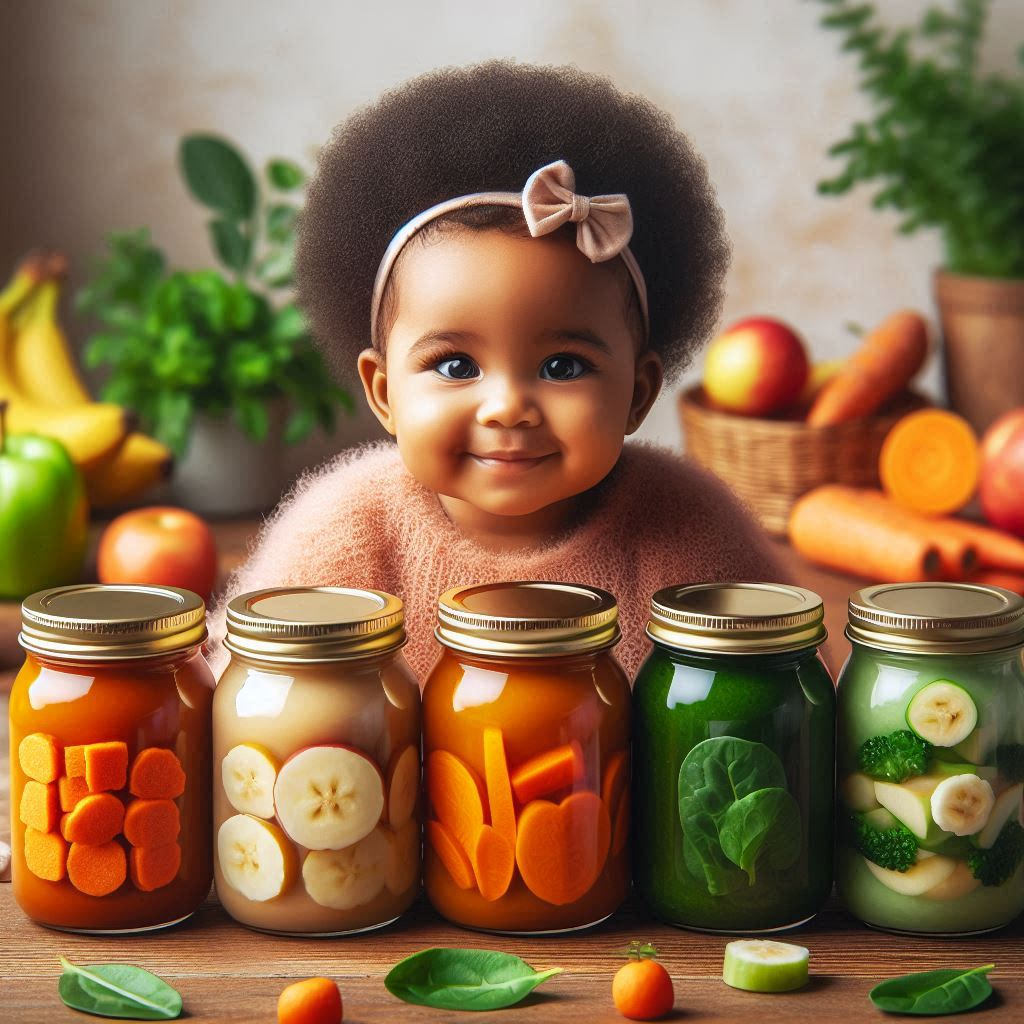Baby Food for Cats: What Every Pet Parent Should Know
As a cat owner, you might find yourself in a situation where you’re considering alternative food options for your furry friend. One surprising option that often comes up is baby food for cats. But is it safe? When should you use it? And what do you need to know before reaching for that jar of pureed chicken? Let’s dive into the world of baby food for cats and uncover everything you need to know to keep your feline friend healthy and happy.
Quick Answer: Is Baby Food Safe for Cats?
Baby food can be safe for cats in certain situations, but it should never be a long-term substitute for a balanced cat diet. Plain meat purees without additives are the safest option, used sparingly and under veterinary guidance.
The Unexpected Connection: Why Baby Food for Cats?
You might be wondering, “Why on earth would I feed my cat baby food?” Well, there are actually a few good reasons why this unconventional option might come in handy:
- Illness Recovery: When cats are sick or recovering from surgery, they might need something easy to eat.
- Appetite Boost: Baby food can sometimes tempt picky eaters or cats who’ve lost their appetite.
- Medication Helper: It can be used to hide pills or liquid meds that cats refuse to take.
- Dental Issues: Older cats or those with dental problems might find baby food easier to eat than kibble.
But before you rush to the baby aisle, let’s break down what you need to know about using baby food for cats.
Read more: When to Remove Infant Insert in Car Seat
The Good, The Bad, and The Pureed: Pros and Cons of Baby Food for Cats
The Good Stuff
- Easy to Eat: Smooth texture makes it a breeze for cats to lick up.
- Appealing Taste: Many cats find the flavor irresistible.
- Convenient: It’s readily available and doesn’t need preparation.
The Not-So-Good Stuff
- Nutritional Gaps: Baby food lacks essential nutrients cats need.
- Potential Additives: Some baby foods contain ingredients harmful to cats.
- Not a Complete Diet: It’s not designed to meet a cat’s dietary needs long-term.
Choosing the Right Baby Food for Your Feline Friend
If you’ve decided to give baby food a try, here’s what to look for:
- Plain Meat Varieties: Stick to chicken, turkey, or beef purees.
- Check the Label: Avoid foods with onion, garlic, or added salt.
- Single Ingredient: The simpler, the better. Look for options with just meat and water.
Remember, baby food for cats should be a temporary solution, not a regular part of their diet. Always consult with your vet before making any major changes to your cat’s eating habits.
A Cautionary Tale: My Experience with Baby Food and Mr. Whiskers
Last year, my cat Mr. Whiskers had dental surgery and couldn’t eat his regular food. In a panic, I grabbed some baby food from the pantry. At first, it seemed like a miracle – he gobbled it up! But after a few days, I noticed he wasn’t his usual energetic self. A quick trip to the vet revealed he was missing key nutrients. Lesson learned: baby food can be a short-term fix, but it’s not a long-term solution for our feline friends.
Read more: When to Flip Infant Mattress
DIY Cat-Friendly Baby Food: A Recipe for Success
Want to whip up some homemade baby food for your cat? Here’s a simple recipe:
Ingredients: - 1 cup cooked, boneless chicken breast - 1/4 cup water or low-sodium chicken broth Instructions: 1. Cook chicken thoroughly without seasoning. 2. Let it cool, then chop into small pieces. 3. Blend chicken and liquid until smooth. 4. Store in an airtight container in the fridge for up to 3 days.
Remember, this is for occasional use only and shouldn’t replace your cat’s regular diet.
The Veterinarian’s Perspective: When Baby Food Makes Sense for Cats
I reached out to Dr. Whisker, a local vet, for her take on baby food for cats. Here’s what she had to say:
“Baby food can be a useful tool in certain situations, especially for cats recovering from illness or those with dental issues. However, it’s crucial to use it wisely and under veterinary guidance. Long-term use can lead to nutritional deficiencies that can seriously impact a cat’s health.”
Transitioning Back to Regular Cat Food: A Step-by-Step Guide
Once your cat is ready to return to their regular diet, follow these steps:
- Start Slow: Mix a small amount of regular food with the baby food.
- Gradual Increase: Over 5-7 days, slowly increase the ratio of regular food to baby food.
- Monitor Closely: Watch for any signs of digestive upset or food refusal.
- Be Patient: Some cats may take longer to transition back. Don’t rush it!
Common Mistakes to Avoid When Using Baby Food for Cats
- Using Flavored Varieties: Stick to plain meat options only.
- Overfeeding: Baby food should be a supplement, not a full meal replacement.
- Ignoring Nutritional Needs: Don’t forget about essential nutrients like taurine.
- Failing to Consult a Vet: Always get professional advice before making dietary changes.
Alternatives to Baby Food for Picky Cats
If your cat turns their nose up at regular food, consider these alternatives before reaching for baby food:
- Wet Cat Food: Often more appealing than dry kibble.
- Bone Broth: A tasty, nutritious liquid to entice picky eaters.
- Cooked Fish: Plain, cooked fish can be a healthy treat.
- Commercial Cat Food Toppers: Designed to make regular food more appealing.
Baby Food for Cats – Friend or Foe?
While baby food for cats can be a helpful tool in specific situations, it’s not a long-term solution for your feline friend’s nutritional needs. Use it wisely, under veterinary guidance, and always prioritize a balanced diet designed specifically for cats. Remember, your kitty’s health and happiness depend on getting the right nutrients, so choose their food carefully!
Have you ever used baby food for your cat? Share your experiences in the comments below – we’d love to hear your stories!

Jessica Winter is a passionate parenting blogger with two years of experience guiding new and seasoned parents through the joys and challenges of raising babies. Her insightful posts blend personal anecdotes with expert advice to offer a warm and practical perspective on modern parenting.

